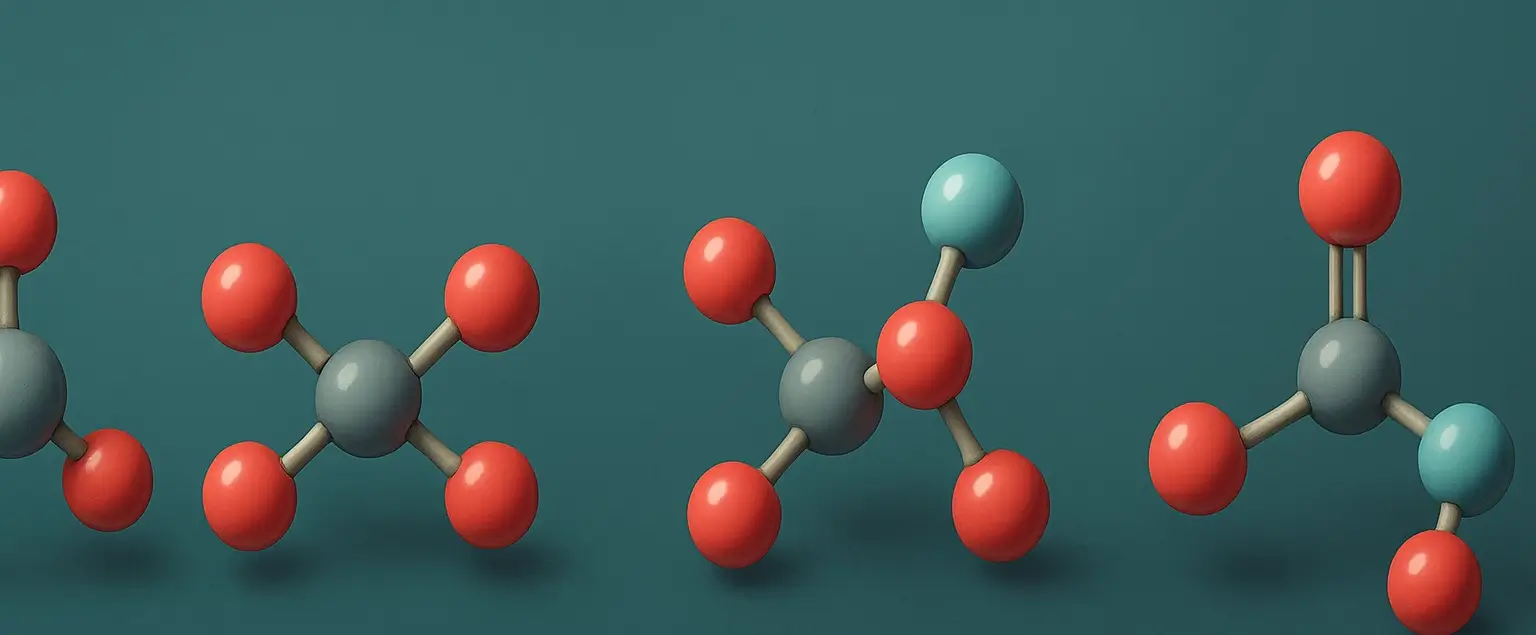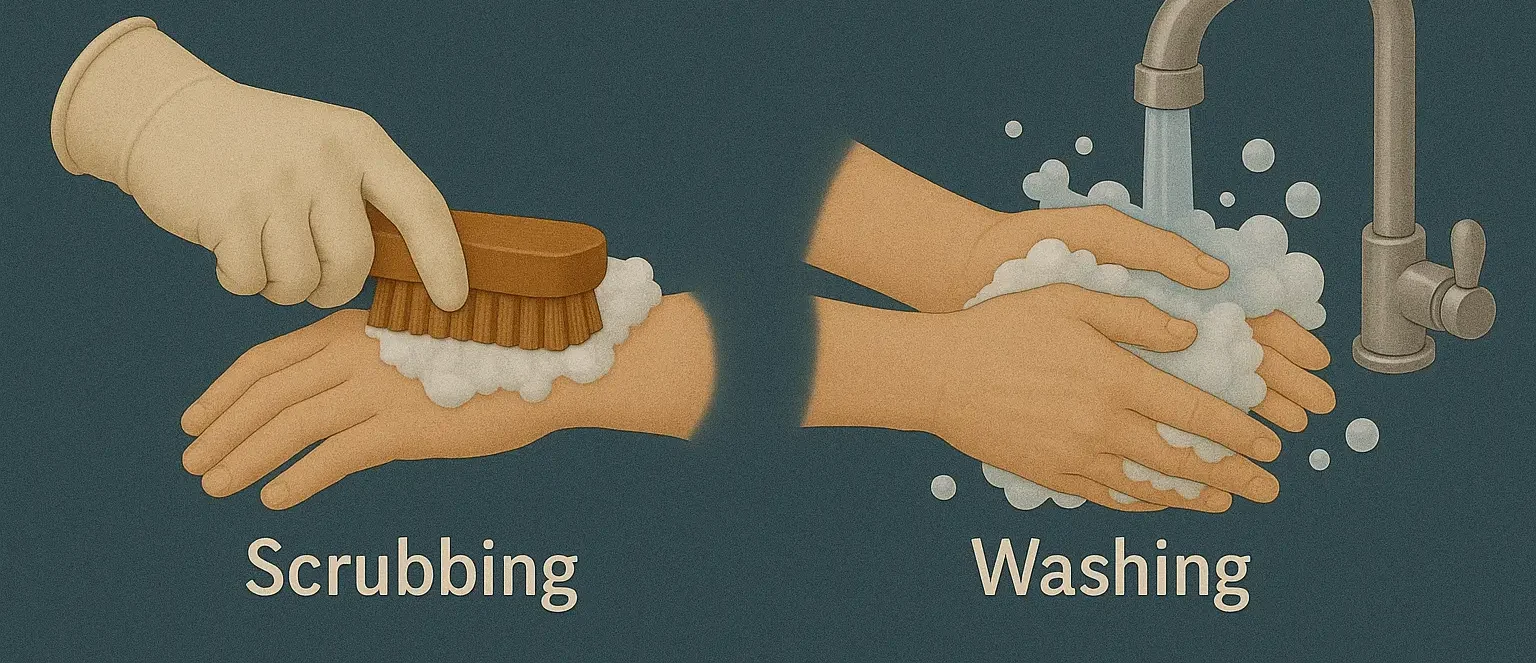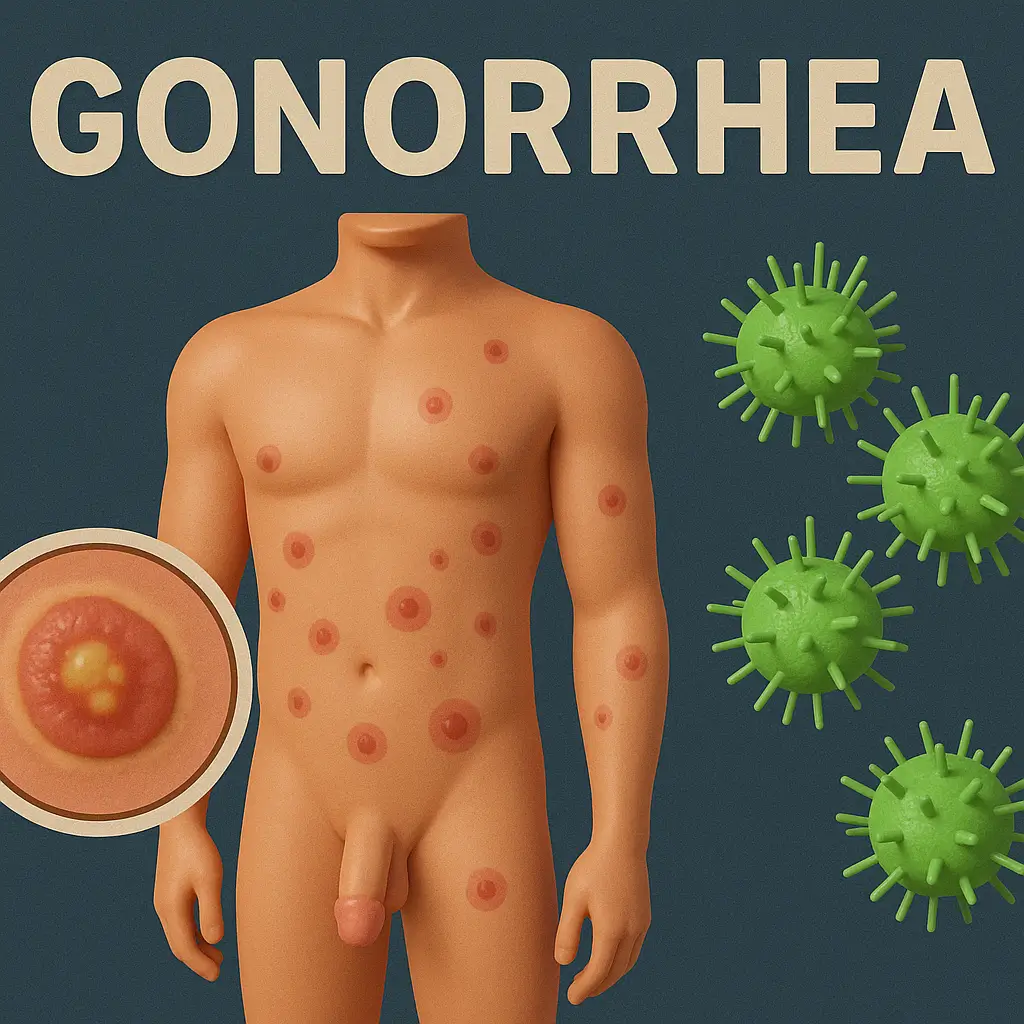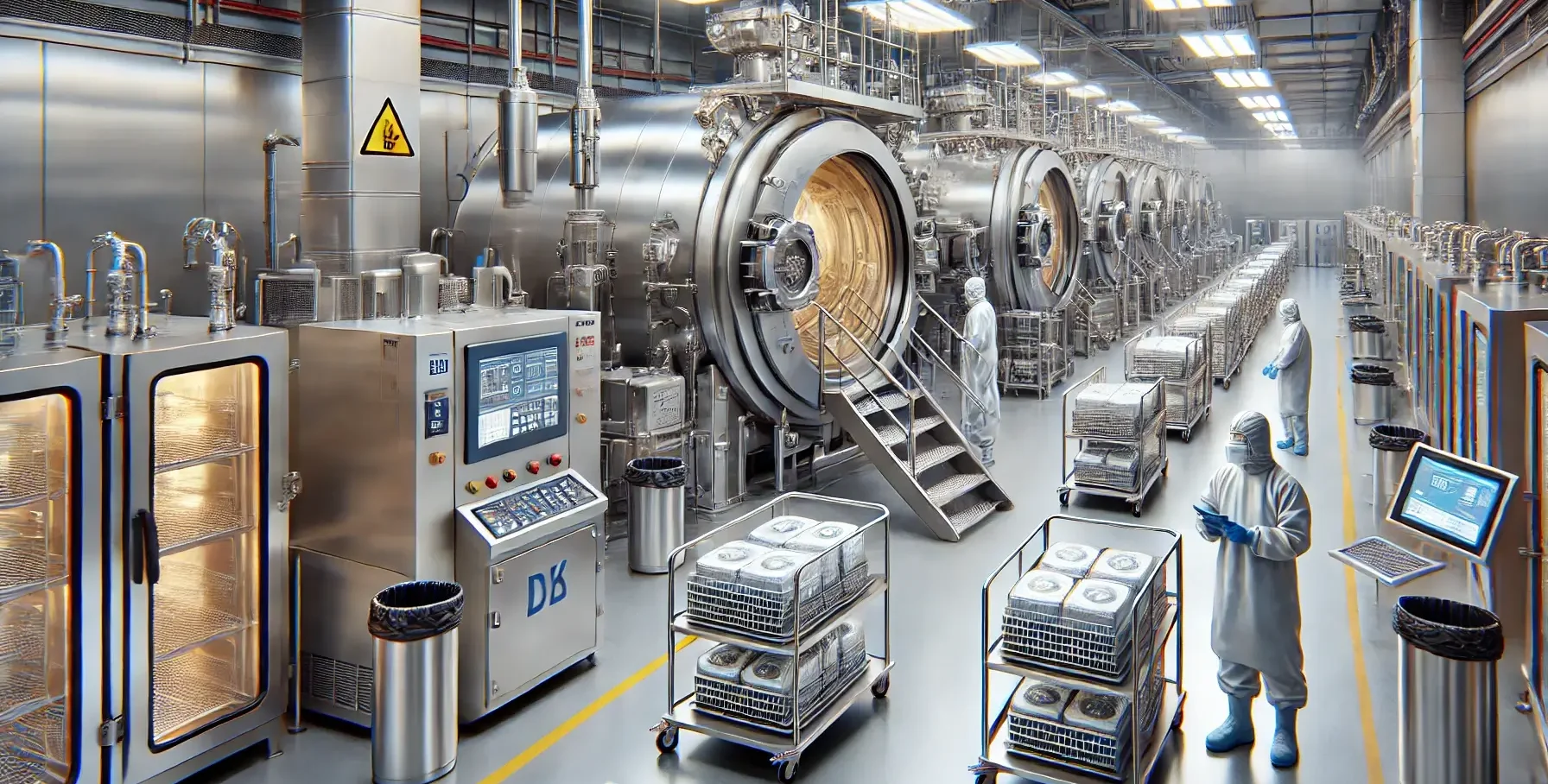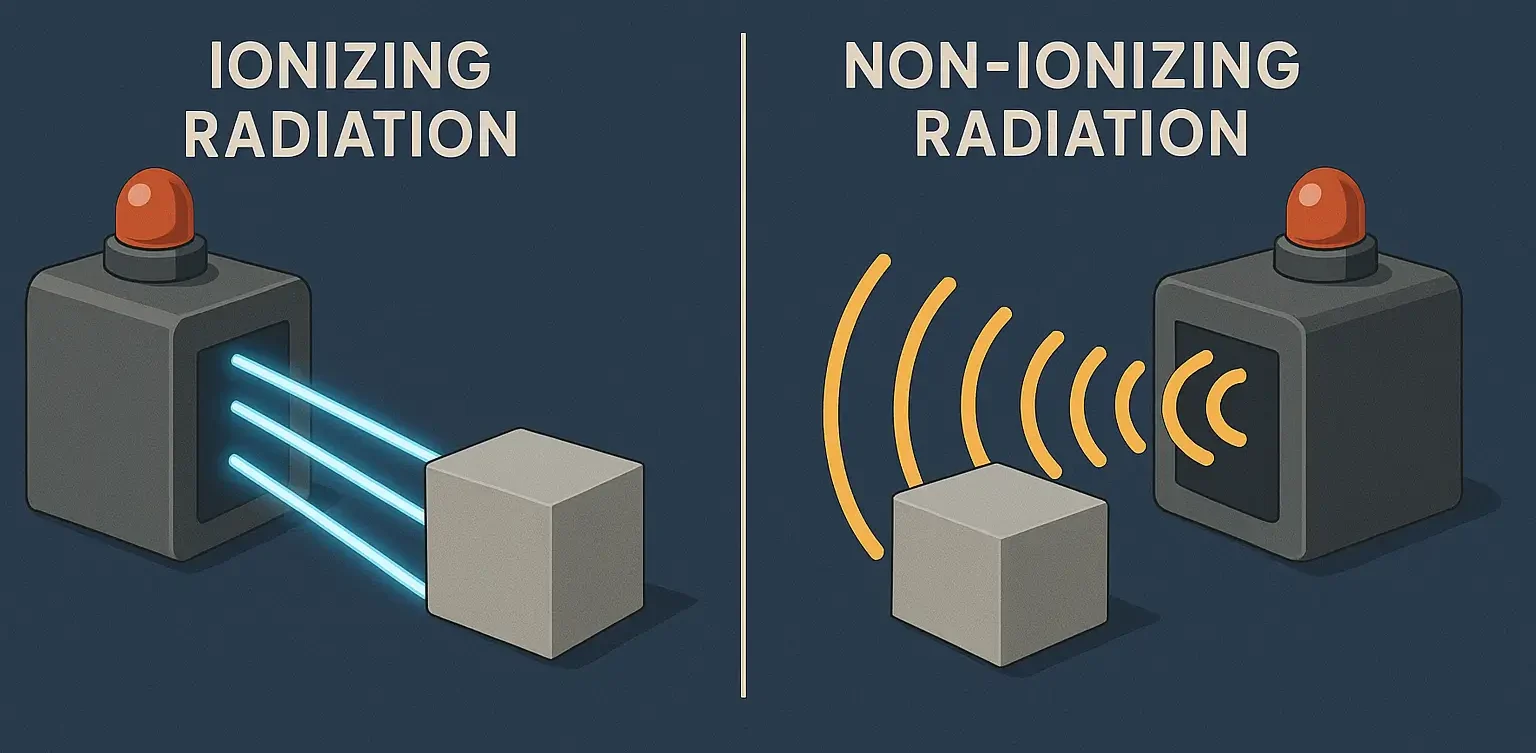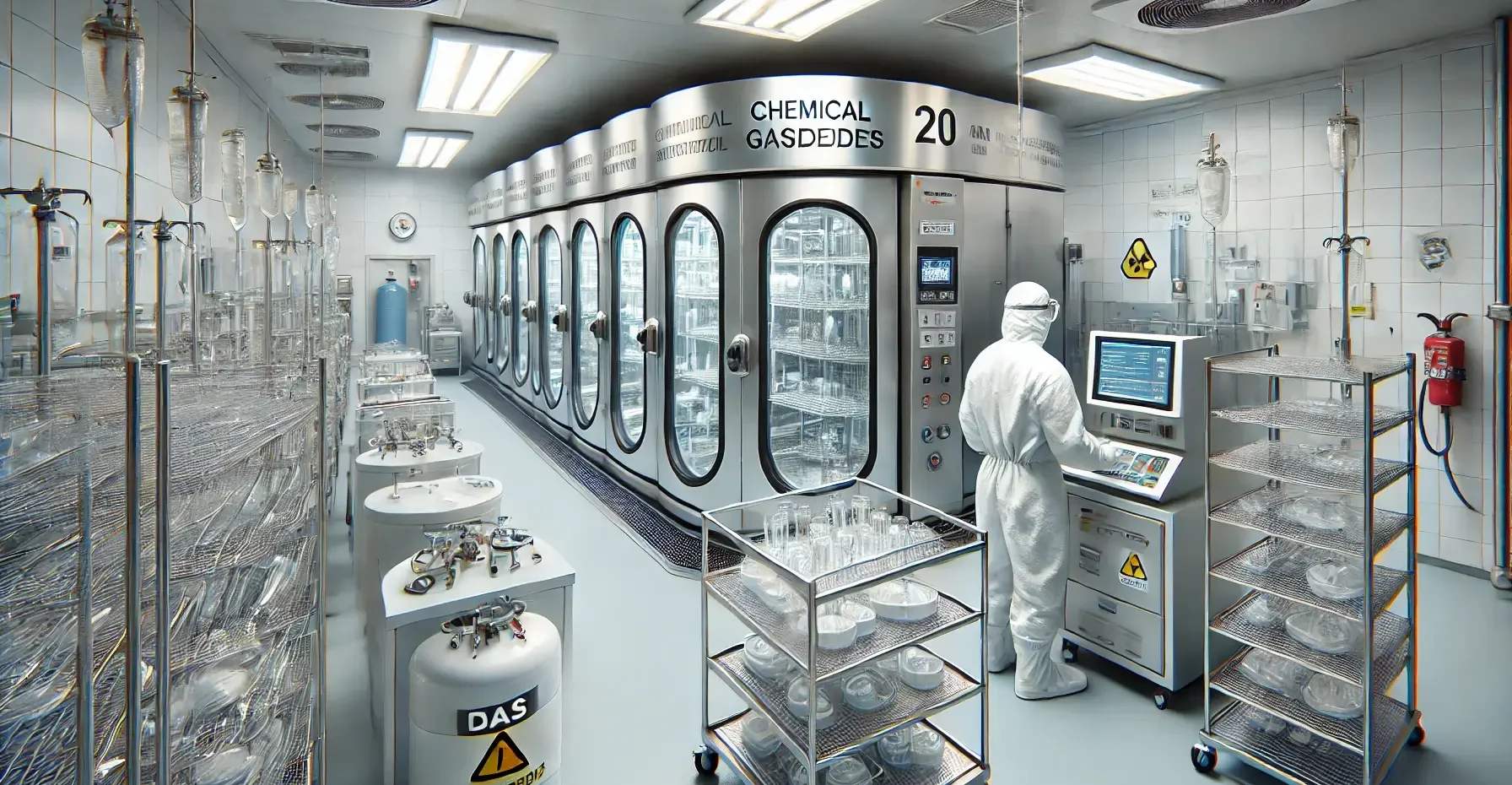Organic compounds of nomenclature of Common systems
The organic compounds systematic naming of crucial for clear and precise communication among chemists. The International Union of Pure and Applied Chemistry (IUPAC) has established a set of rules for the nomenclature of organic compounds. This system allows for the unambiguous identification of compounds based on their structure. Here, we’ll organize the IUPAC nomenclature rules … Read more

